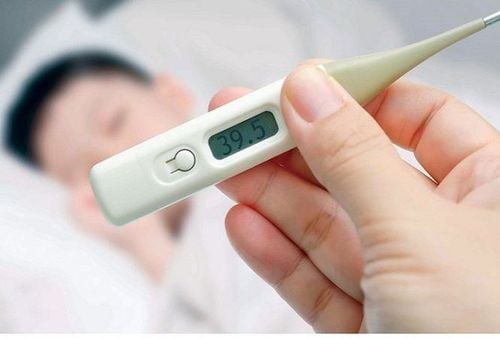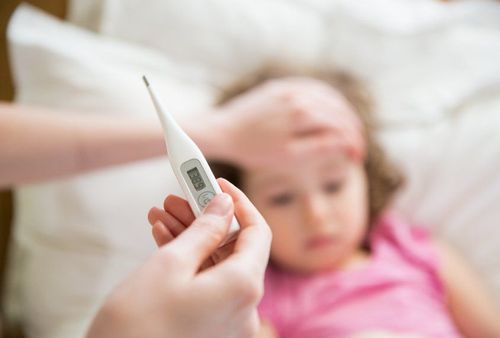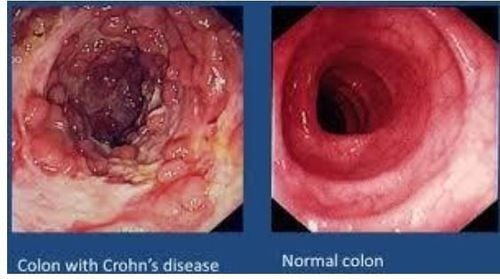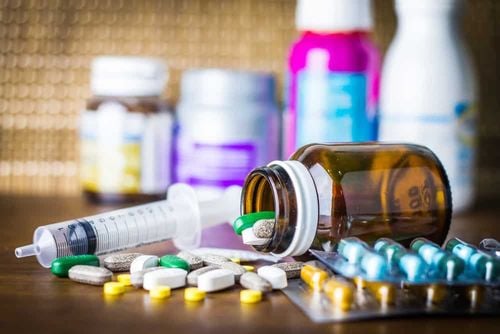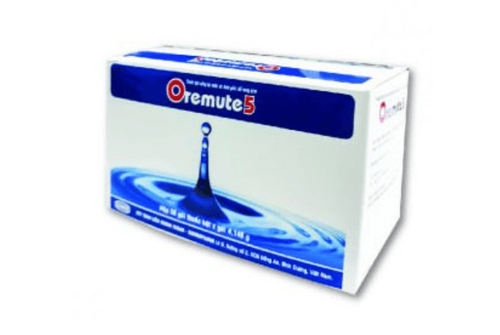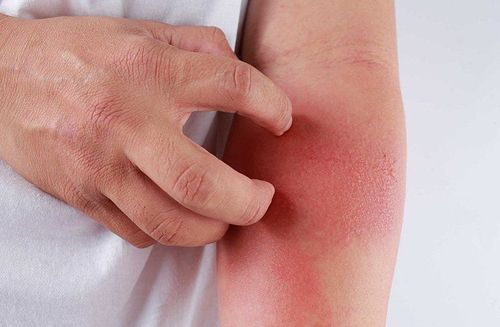This is an automatically translated article.
Dengue hemorrhagic fever in Vietnam is commonly known as dengue fever, this is a dangerous infectious disease. The most severe symptom of the disease is Dengue shock syndrome (DSS). Patients can die if they experience dengue hemorrhagic shock with accompanying hemorrhagic fever. So how to manage Dengue hemorrhagic fever with accompanying hemorrhagic fever?
1. What is Dengue hemorrhagic fever?
Dengue hemorrhagic fever (English name: Dengue hemorrhagic fever - DHF) is an acute infectious disease, transmitted by the bite of a mosquito carrying the disease virus (like Aedes aegypti mosquito).
The time when the disease breaks out into an epidemic is usually in the rainy season, mainly in areas where sanitation conditions are not guaranteed, with many standing ponds. This environment will create favorable conditions for the reproduction and development of mosquitoes. In the past, the main subjects of Dengue hemorrhagic fever were usually children, but now a lot of adults are also infected and the risk of death is quite high.
To date, there is no specific treatment and no vaccine for dengue fever. However, if the disease is mild, patients can completely recover on their own after about a week. Besides, for severe cases of dengue fever, the main treatment is antipyretic, intravenous fluids and aggressive anti-shock.
According to the World Health Organization - WHO in 2009, the disease status is divided into 3 levels:
Dengue hemorrhagic fever. Dengue hemorrhagic fever warning signs. Severe Dengue Hemorrhagic Fever (also known as Dengue Hemorrhagic Shock).
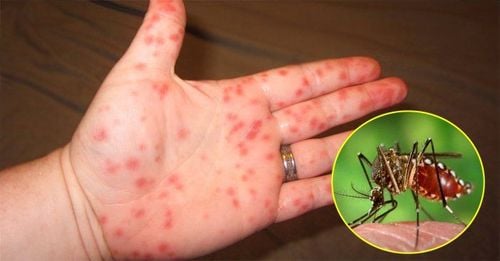
Sốt xuất huyết Dengue là một bệnh rất dễ lan rộng
2. Symptoms of Dengue hemorrhagic fever shock
Because the incubation period is from 4 to 10 days, after an infected person is bitten by an infected mosquito, symptoms often do not appear immediately. The symptoms of Dengue hemorrhagic fever are similar to those of the flu, usually lasting about 2 to 7 days.
When dengue patients progress to dengue hemorrhagic shock, this period of severe complications usually occurs 3-7 days after disease onset. At this time, although the temperature is somewhat reduced, it does not mean that the patient is in the process of recovery. On the contrary, patients need to be monitored specifically to catch the following warning signs of dengue fever:

Cúm là triệu chứng đầu tiên của tình trạng sốt xuất huyết Dengue
2.1. Plasma drainage
Drainage of plasma because of increased vascular permeability; peritoneal effusion, pleural effusion, interstitial tissue, eyelids, enlarged liver, pain may be present. If the patient has a lot of plasma leakage, it will lead to a state of shock with signs of fatigue, fatigue, lethargy, cold and moist skin, cold extremities, and small rapid pulse. In addition, there is stuck blood pressure (maximum and minimum blood pressure difference ≤ 25 mmHg), low blood pressure or unmeasured blood pressure, little urine.
2.2. Hemorrhage
Subcutaneous hemorrhage: petechiae or purpura appear scattered, usually on the insides of the arms and the front of the legs, ribs, abdomen, thighs or bruises. Hemorrhage in the mucosa: Bleeding gums, nosebleeds, bloody urine. Visceral bleeding such as: gastrointestinal, lung, brain are severe manifestations (vomiting/vomiting very persistent blood, black stools due to internal bleeding). Menstrual cycle is prolonged or occurs earlier than the period.
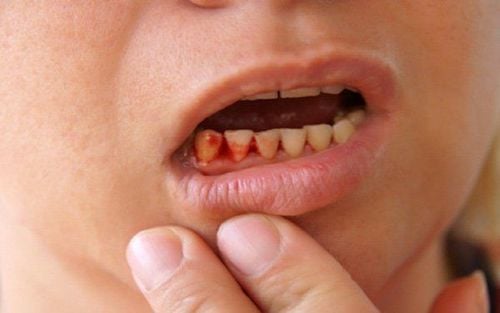
Người bệnh có thể bị xuất huyết niêm mạc bằng việc chảy máu chân răng
2.3. Manifestations of multiple organ failure
Manifestations of multi-organ failure such as encephalitis, myocarditis, severe hepatitis may exist in some cases of severe dengue fever.
In addition, the patient may also have pain in the abdomen, nausea, cold hands and feet, and panic attacks (this is a shock syndrome caused by internal bleeding that causes blood loss and low blood pressure). Therefore, when seeing signs of suspected dengue fever progressing to dengue hemorrhagic fever, the patient should be taken immediately to the nearest medical facility because delay can lead to death if not treated. proper and timely treatment.
3. Management of Dengue hemorrhagic shock with accompanying hemorrhagic fever
3.1. Treatment of dengue hemorrhagic fever shock
Immediately infuse Ringer Lactate or NaCl 0.9% 15-20ml/kg/1h. If the patient's condition:
Improves: Reduce the infusion rate to 10ml/kg/1-2h, then give fluids as in the treatment of dengue fever with warning signs. No improvement: Immediately give the patient an infusion of 15-20ml/kg/1h. In case of severe shock (M=0.HA=0), it is necessary to treat urgently by placing the patient in a low head position and giving oxygen.
Intravenous infusion of Ringer Lactate or 0.9% NaCl solution 20ml/kg/15 minutes. If:
The pulse is clear, the BP is no longer stuck: Infuse the macromolecule solution 10ml/kg/1h, then give fluids as in compensated shock. Pulse is still fast, BP stuck: Infuse high molecular weight 15-20ml/kg/h, when reduced to 5ml/kg/h. If the patient continues to improve then an infusion such as Dengue is a warning sign.
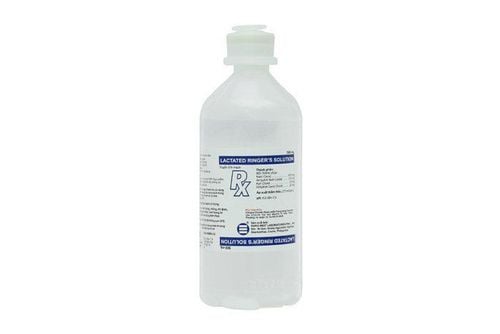
Người bệnh cần truyền Ringer Lactat để điều trị bệnh
3.2. Treatment of Dengue hemorrhagic shock with associated hemorrhage
The treatment process for dengue hemorrhagic fever with accompanying hemorrhagic fever is as follows:
While waiting for the erythrocyte sedimentation, continue anti-shock with electrolyte solution for the patient; Infusion of erythrocytes 5-10 ml/kg; Correction of blood clotting disorders; Treatment of hemostasis is as follows: Local compression bandages and insertion of meche before/after, endoscopic hemostasis of the stomach, duodenum,...; Consider using a proton pump inhibitor if the dengue patient presents with symptoms suggestive of upper bleeding or a history of peptic ulcer disease; Your doctor may consider vitamin K if you have severe liver failure. After the course of treatment, the patient will be discharged based on the following criteria:
2 days without fever, alert mental state. Pulse and blood pressure normal. There were no signs of dyspnea or respiratory failure due to peritoneal or pleural effusion. Platelet count tends to recover >50,000/mm3
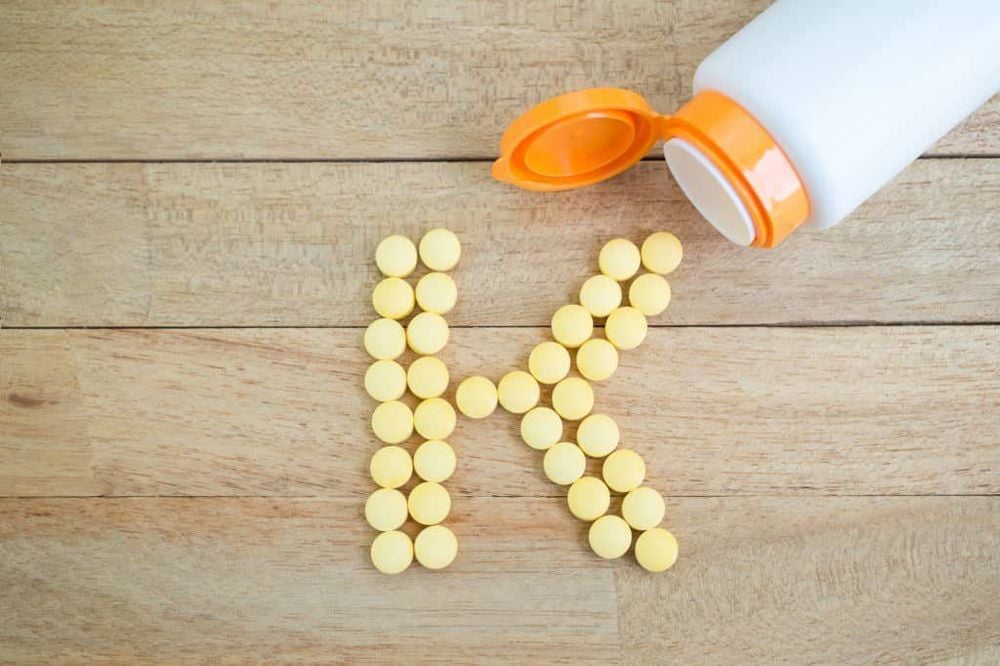
Vitamin K có thể được chỉ định cho bệnh nhân suy gan nặng
Although there is currently no specific treatment drug and no vaccine to prevent the disease, the treatment regimen for dengue hemorrhagic fever with accompanying hemorrhagic fever has brought about effective results, helping patients to recover. disease quickly. Therefore, in order to achieve the best treatment effect, patients should go to medical centers with modern facilities and standard medical equipment for examination.
At Vinmec International General Hospital, emergency treatment and treatment of many cases of dengue fever with severe complications. Accordingly, the medical examination and treatment process at Vinmec is carried out methodically and intensively under the guidance of qualified and experienced doctors. Besides, under the support of modern facilities and advanced medical equipment, the treatment process has achieved high results.
If you have a need to examine and treat dengue fever at Vinmec, please book an appointment directly at the website or contact the hotline for service.
Please dial HOTLINE for more information or register for an appointment HERE. Download MyVinmec app to make appointments faster and to manage your bookings easily.




